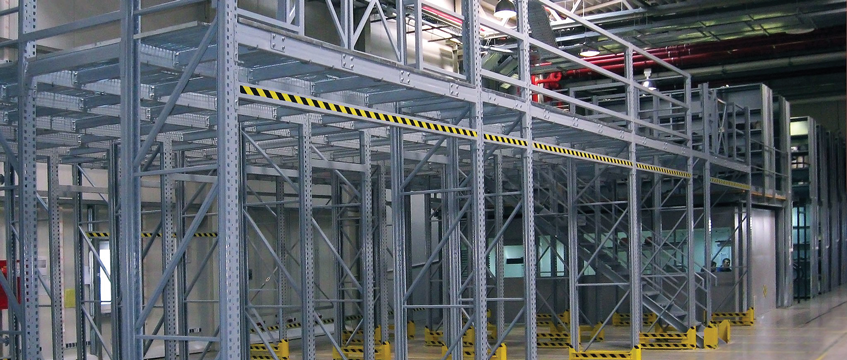Sheds are sexy, everyone loves logistics and we’ve all been going wild about warehouses for a long time now.
The industrial market had been the one sector that has developed immunity from the economic turbulence surrounding commercial real estate since the Brexit vote.
While the retail and office submarkets both momentarily felt the cold shoulder from investors as the pound tumbled and market dynamics played out, the logistics market became the darling of investors in the UK.
But just how long can the sector continue without a crisis of confidence, and is this anything more than a summer crush?
Surplus to requirements
Planning activity in the industrial sector has reflected the need for new sheds over the past few years, with leasing volumes stifled and rents trending up due to the acute lack of desirable stock.
There was a brief pause for thought in the months after the EU referendum result, but the story has been largely positive. Developers reacted to the need for new space, required specifically by the retail sector to fulfil a greater need for large logistics warehouses from which to operate a growing online supply chain.
Retailers are still dominating occupier activity in the sector, acquiring some 45% of all industrial units so far in 2018, according to Radius Data Exchange.
Simultaneously, there has been a drop in the number of applicants coming from the industrial and manufacturing sector, down some 10% following the referendum result, driven by unease in the uncertain economic climes post-Brexit.
However, in 2018 it is not just enough to have a massive empty shed and, like on the high street, advances in technology move things along.
Will occupiers be satisfied by the large modern sheds on offer, as they will soon become outdated? How can occupiers future-proof themselves, without committing to exorbitant and long leases?
We know there is a desire from the market to build larger sheds, as seen over the past few years, with some titanic prelets in and around the Golden Triangle. But it is the more modest-sized contemporaries that occupiers are pivoting towards to sustain their business models.
Turning heads
Over the past three years, smaller sheds have become are more attractive commodity.
Radius Data Exchange shows the market has eaten up units of up to 45,000 sq ft with greater intensity, growing from 54% to 61% of overall activity in terms of square footage let.
Shed development stalls amid shortage of land
This trend has been formed by the necessity for satellite hubs to satisfy the insatiable demand for online retail orders. There’s not much use having all your stock in the middle of nowhere when you need access to a city that’s miles away.
The next “space race” for industrial stock will surely come into direct competition with the residential sector, as the price and scarcity of land in urbanised areas heats up. So with the sector on a collision course with densified localities, is there a remedy?
Alternatives in the offing
One way to alleviate this could be making use of alternative assets.
This week, for example, logistics and online behemoth Amazon has apparently been making moves to buy 42 stores cut loose by Homebase following its Company Voluntary Arrangement, in its latest attempt to gobble up market share.
Shops to sheds isn’t all that crazy when you think about the size and location of those units. Dependant on strategy, they could-be-used for click-and-collect points – or standalone big-box units could be transformed to satellite warehouses or fulfilment centres.
With other retail park occupants like Toys R Us, Mothercare and Carpetright all shuttering space, there could be a huge opportunity to harness well-connected and located units.
Why build more when there is an increasing stream of empty units flooding the market? With over 15m sq ft already relinquished by retailers so far this year due to administrations and CVAs, there is scope for a trade-off of sorts.
Conversion could be the new construction.
Big isn’t always best
Investment into the sector has reached record highs over the past two years, but has dropped off thus far in 2018 – specifically in terms of spend.
The number of investment transactions, however, has increased relative to spend, inferring that there is increasing value on the bottom end of the market.
You would hope that this realisation hasn’t come too late for developers. Those who hedged their bets on building the greatest and biggest sheds of them all could be left red faced if the market hits a state of oversupply.
Investment is robust, take-up remains healthy and as the sector evolves there are still swathes of optimism to be found.
There will undoubtedly be a continued need for bigger sheds as online retail continues its predicted upward trajectory.
But it looks like the honeymoon period could be over, as their smaller – but no less important – contemporaries take centre stage.
To send feedback e-mail james.child@egi.co.uk or tweet @jamesChildEG or @estatesgazette











